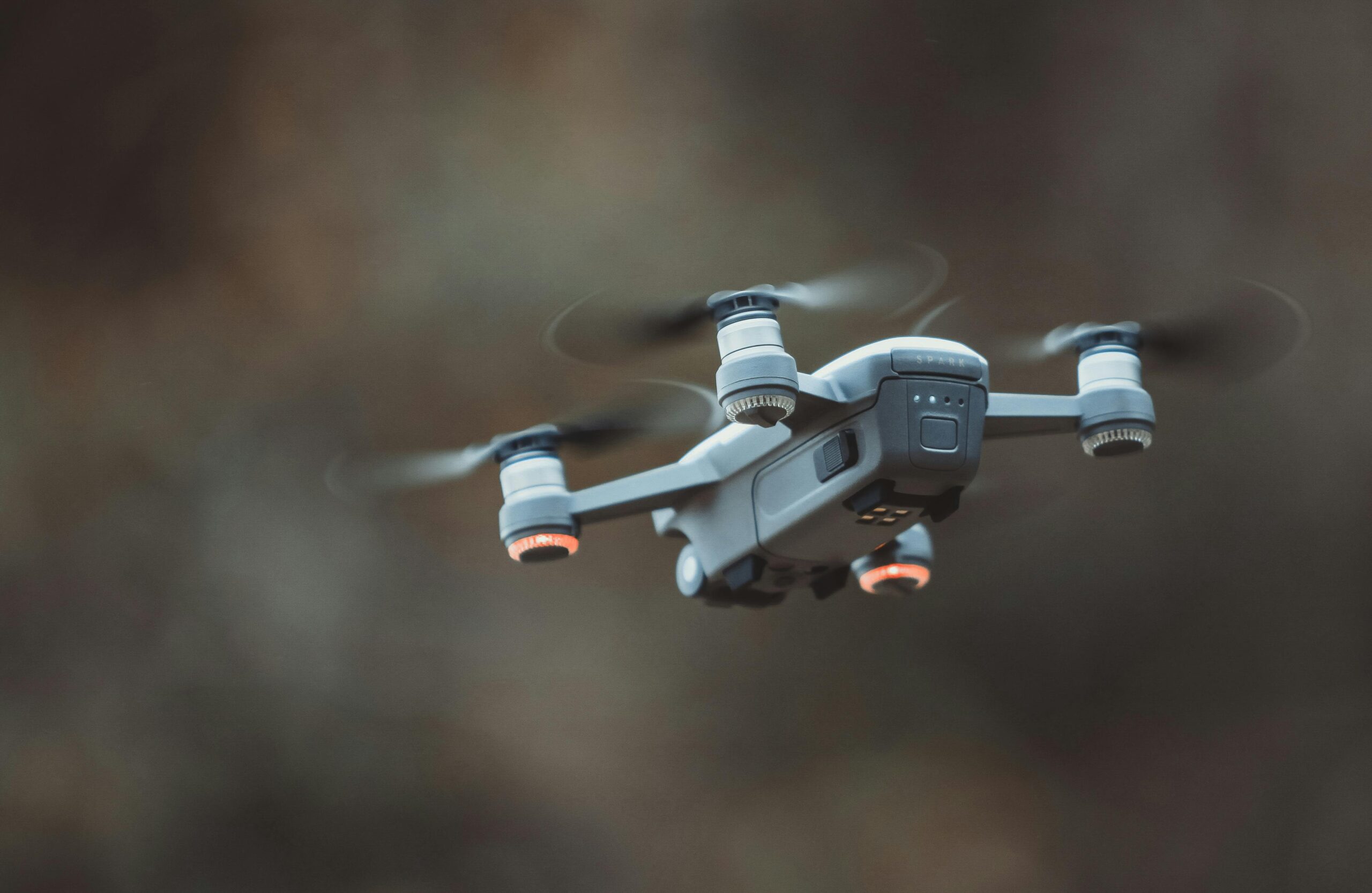Drones, also known as unmanned aerial vehicles (UAVs), have transitioned from military-grade tech to mainstream tools across industries. In India, the drone ecosystem is witnessing exponential growth, driven by government policy support, startup innovation, and diverse use cases—from agriculture to logistics.
But what does the future hold for drones in India?
📈 Market Outlook: A Sky Full of Potential
India’s drone market is projected to reach INR 50,000 crore (USD 6.8 billion) by 2030, according to industry estimates. With the liberalized Drone Rules 2021 and initiatives like PLI (Production-Linked Incentive) schemes, India aims to become a global drone hub by 2030.
🚜 Key Sectors Set to Soar with Drones
- Agriculture
- Precision farming, pesticide spraying, and crop health monitoring using drones are revolutionizing traditional farming.
- Initiatives like Drone Yatra by the government are pushing drone adoption in rural India.
- Logistics & Delivery
- Startups like Skye Air and TechEagle are piloting drone deliveries for food, medicines, and vaccines—especially in remote areas.
- Major companies like Swiggy and Dunzo are exploring last-mile drone logistics.
- Surveillance & Security
- Law enforcement agencies use drones for crowd monitoring, traffic management, and disaster response.
- Border surveillance using AI-enabled drones is improving national security.
- Infrastructure & Urban Planning
- Drones assist in land surveys, 3D mapping, and monitoring smart city projects with accuracy and efficiency.
⚖️ Challenges That Need Addressing
- Airspace Regulations: Navigating airspace safely with thousands of drones requires an advanced UTM (Unmanned Traffic Management) system.
- Privacy & Security: Data protection and misuse prevention are critical concerns.
- Skilled Workforce: India will need thousands of trained drone pilots, engineers, and maintenance experts.
- Public Awareness: Mass education and trust-building are vital for wider adoption.
📜 Policy & Regulation: A Positive Trajectory
The Drone Rules 2021 removed several licensing hurdles and introduced a digital sky platform for real-time permissions. The PLI Scheme incentivizes manufacturers to build drones domestically. These are promising signs of government commitment.
🚀 What Lies Ahead?
- Drone-as-a-Service (DaaS) models will dominate sectors like agriculture, construction, and mining.
- Integration of AI & IoT will make drones smarter—capable of autonomous decision-making.
- Green drones using solar and biofuel technologies may reduce environmental impact.
- India’s push for Atmanirbhar Bharat (Self-Reliant India) will encourage indigenous drone development and exports.
📝 Final Thoughts
The sky is not the limit for drones in India—it’s the starting point. As the country moves toward becoming a drone superpower, collaboration between startups, corporates, academia, and the government will be key. The drone revolution is no longer in the future; it’s flying right over us today.






